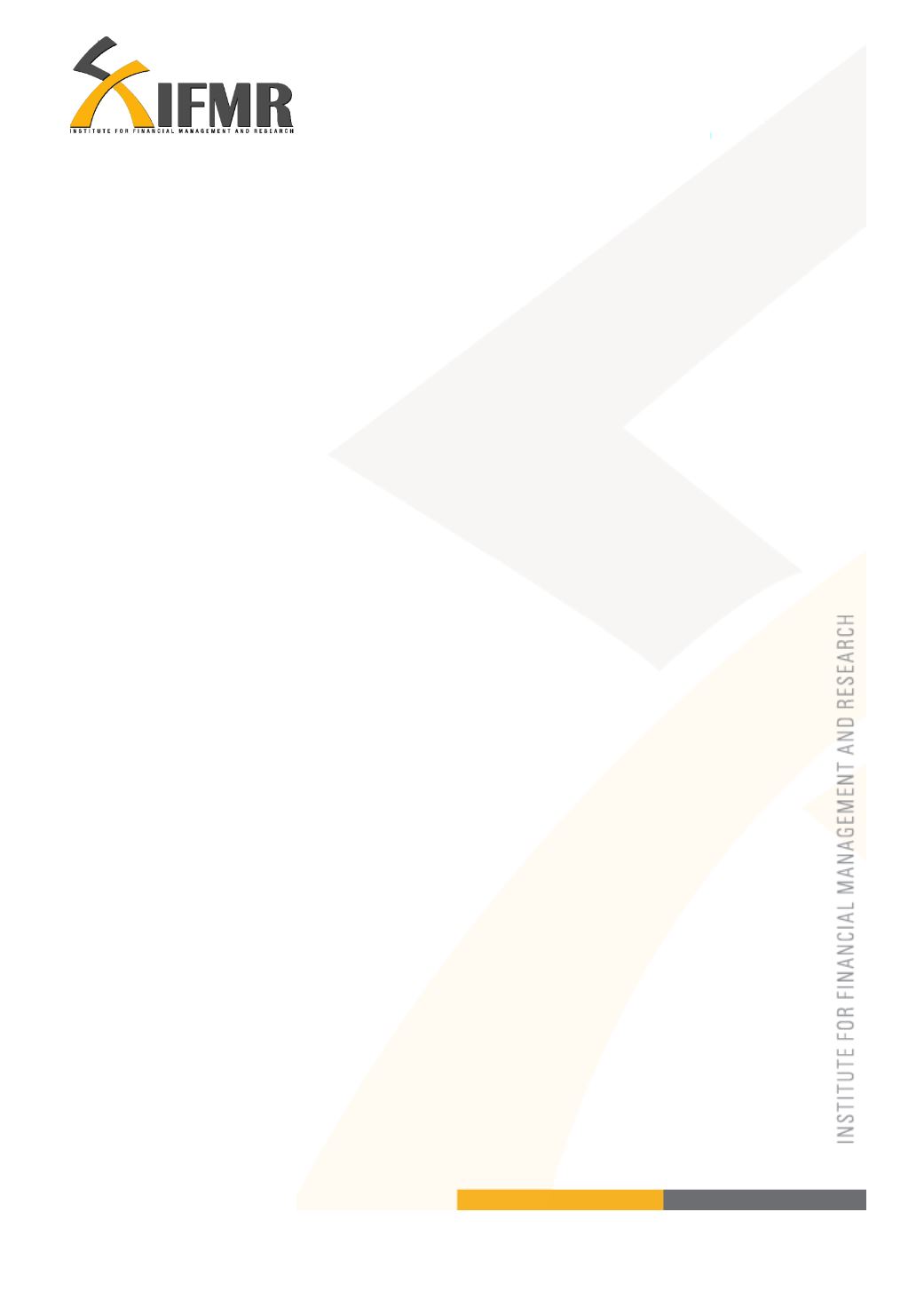
78
13.4.2 Recommendations
Given the low level of members understanding of finance we feel that they are managing
the savings well according to regulation. However as suggested in the earlier sections,
we need to leverage on the group trust and dynamics being strong. Introducing new
flexible products which are specific to the sector is needed. Also the innovation of the
BC will be a turning point if channelled properly.
In conclusion we realise that, savings emanates from income and potential expenditure
whether known or unknown. Members in both Tamil Nadu and Karnataka had almost
the same level of household income; however the expenditure in Tamil Nadu is much
greater than in Karnataka. This could be one main reason why members in Tamil Nadu
have increased their mandated savings to more than double. This could meet their lumpy
yearly requirements in regard to educational needs or festivals. We find that more than
50% of the members preferred LIC policies and 30% of them had bank savings accounts.
Presence of large quantities in fixed deposits and with friend and chit funds was noted
too. “Low frequency” savings was hence predominant as compared to “high frequency”
savings. “Low frequency saving” has been prevalent in the form of voluntary savings,
LIC policies and bank savings account. A majority of members resort to “low frequency
savings”. A small number of members had large fixed deposits or big amounts with their
friends or chits. This is presence of “high frequency savings”.
Most large financial institutions provide financial products for the rich. We feel that the
needs of these SHG members are best understood by SHGs/MFIs. The need today is to
make customized financial products by understanding lifestyle needs of the members.


